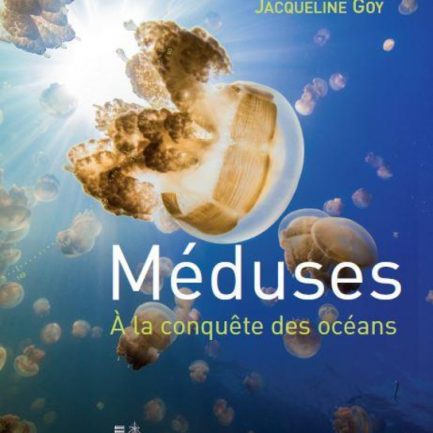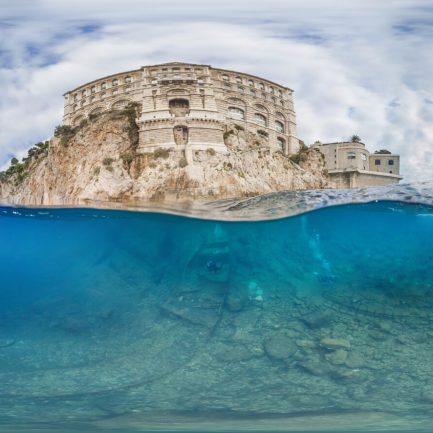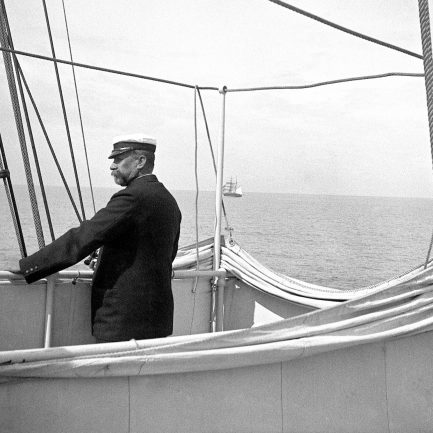The multiple benefits of strongly protected large marine areas
- Home
- Actualités
- The multiple benefits of MPAs
Strongly protected large marine areas are essential for the protection of zones of the ocean against destructive human activities. They also contribute towards preserving species, habitats and the functional diversity of ecosystems. Unfortunately, there are still far too few of them. This scientific sheet from Global Ocean Legacy – Pew examines the issue.
The stresses suffered by marine ecosystems
The intensification of man’s impact on the ocean is resulting in the disappearance of the essential advantages offered by this ecosystem. Currents bring millions of tonnes of plastic and other waste from the coast to the open sea, where this waste harms marine life and changes how the ecosystems operate.
The increase in levels of carbon dioxide in the atmosphere has several consequences, including a rise in temperature and the ever-increasingly pronounced acidification of the ocean, which exacerbates further the stresses suffered by marine ecosystems. Fishing is also suffering from this situation.
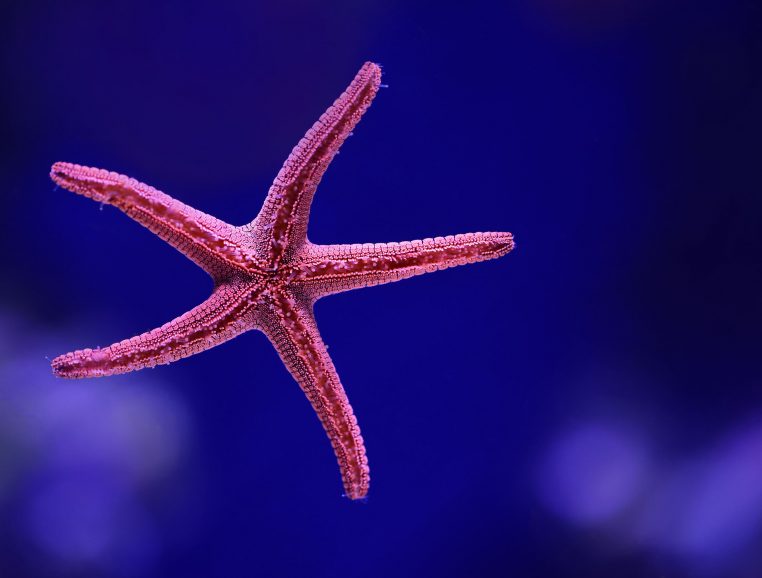
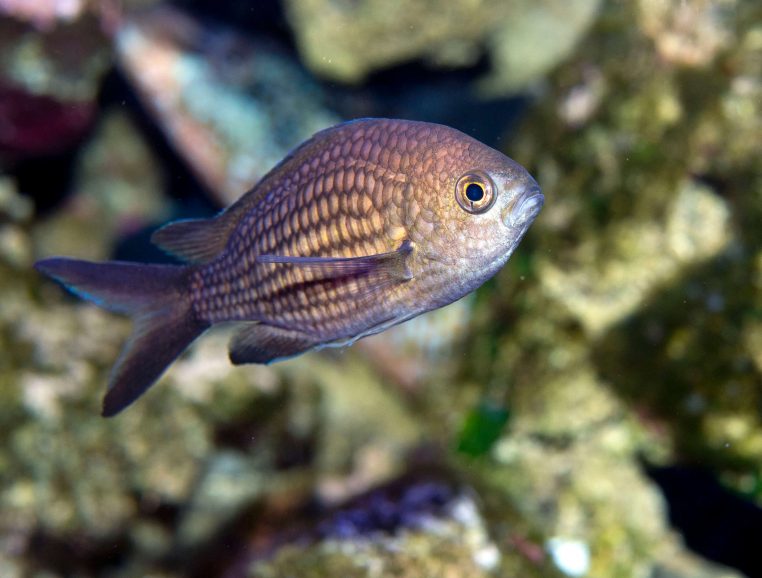
PMAs are essential for the health of the ocean
Large, highly protected marine reserves are an essential tool for addressing several issues that affect the health of the ocean. These reserves protect zones of the ocean against human activities, such as industrial fishing, the extraction of natural resources and any other destructive use.
They also help preserve species, habitats and the functional diversity of ecosystems. Yet to date, only about 2% of the world’s oceans have been designated as highly protected marine reserves. Prominent scientists highly recommend that at least 30% of the oceans be given this degree of protection.
Five essential characteristics for successful conservation
A 2014 study showed that human activity has a combined impact on ocean ecosystems and that marine reserves offer better advantages with regard to conservation when they are vast, strongly protected, isolated, perfectly respected and old.
The advantages are considerably greater when all five of these characteristics are met. For example, protected marine areas that have all these characteristics have 14 times as much shark biomass, twice as many large fish and 5 times more fish biomass in general than unprotected areas. In comparison, protected marine areas showing only one or two of these characteristics are not substantially different from exploited areas.
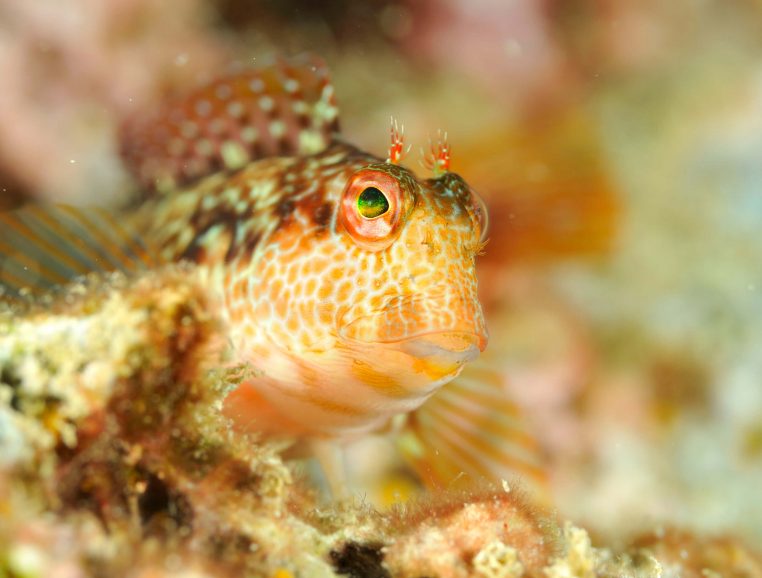
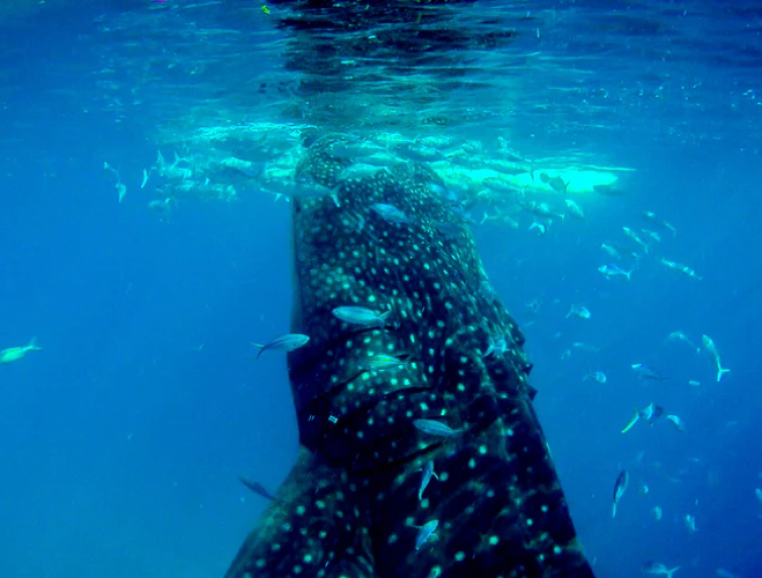
Economic benefits for the population
Marine reserves also benefit communities by supporting the local economy. Marine reserves promote the health and life of the ocean, attracting tourists and boosting local economies.
They also create more resilient coastlines by strengthening reefs. In addition, they preserve cultural heritage. For example, on Easter Island, in French Polynesia or in Palau, conservation is a cornerstone of the history and daily life of the community.







